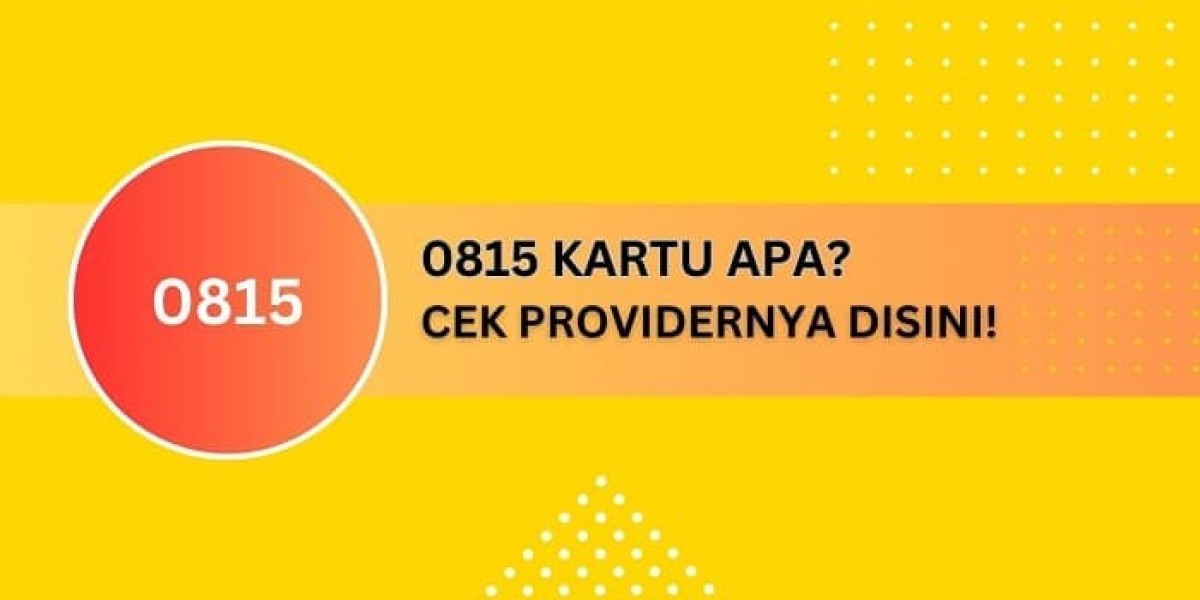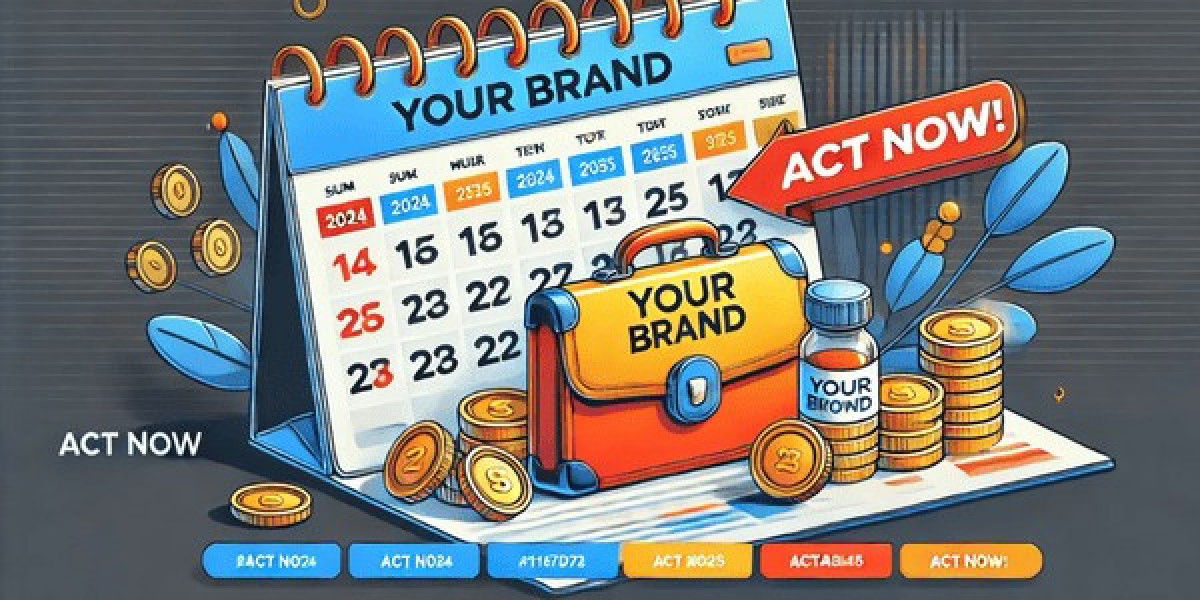In the ever-evolving landscape of vocational education and training (VET), Registered Training Organisations (RTOs) are required to maintain high standards of training delivery and assessment to meet both regulatory requirements and industry expectations. One of the critical elements that ensure these standards are met is the validation of assessment tools. Regular assessment validation is not just a regulatory obligation; it is a vital process that helps ensure the quality, reliability, and fairness of assessments, contributing directly to the credibility of the qualifications awarded.
This article provides a comprehensive RTO assessment validation checklist, designed to help RTOs ensure their assessment tools are compliant with the Standards for Registered Training Organisations (SRTOs) and of the highest quality.
What is Assessment Validation?
Assessment validation is a formal review process where assessment tools and practices are evaluated to ensure they are fit for purpose. This includes verifying that the tools effectively measure the required skills and knowledge as specified in the relevant unit of competency or training package, are consistent with industry expectations, and are fair and equitable for all learners. The validation process typically involves the review of assessment materials (e.g., questions, tasks, criteria) and the outcomes (e.g., marking and feedback), along with input from industry experts and experienced trainers.
As per the SRTOs and the VET Quality Framework, RTOs must validate their assessment tools and processes regularly to maintain compliance and deliver high-quality training.
The Importance of Assessment Validation
- Ensures Compliance: Regular validation ensures your RTO meets the required regulatory standards and avoids audit findings or penalties.
- Guarantees Quality: It ensures that assessment tools accurately measure the intended competencies and are aligned with industry needs.
- Improves Learning Outcomes: By validating assessments, RTOs can identify and correct any flaws in the tools or practices, ensuring learners are assessed fairly and effectively.
- Fosters Continuous Improvement: Ongoing validation is key to refining and enhancing your RTO’s assessment practices and staying current with industry trends and standards.
Your RTO Assessment Validation Checklist
To streamline the process of assessment validation and ensure that every aspect of your assessments meets regulatory and quality standards, use the following checklist:
1. Alignment with Training Packages and Units of Competency
- Does the assessment tool align with the relevant training package?
- Ensure that the assessment is directly linked to the unit of competency it aims to assess. It must reflect the skills, knowledge, and performance criteria specified in the unit.
- Are the assessment tasks appropriate for the competencies being assessed?
- Verify that the assessment methods (e.g., written tests, projects, observations) are suitable for evaluating the specific skills and knowledge outlined in the training package.
2. Validity of Assessment Tools
- Does the assessment measure what it is intended to measure?
- Assessments should accurately evaluate the learner’s ability to perform tasks in real-world contexts. For example, practical assessments should simulate actual job scenarios.
- Is there a clear relationship between the assessment criteria and the unit’s performance requirements?
- Review the assessment rubric or criteria to ensure that they clearly correspond to the specific outcomes or competencies listed in the training package.
3. Reliability and Consistency
- Is the assessment consistent across different assessors and learners?
- Ensure that the assessment tool produces the same results if used by different assessors or with different learner cohorts. It should be objective and consistently interpreted.
- Does the assessment produce reproducible outcomes?
- Check that the results of assessments are consistent each time the tool is applied. This is important for maintaining the credibility and reliability of the qualifications.
4. Fairness and Equity
- Does the assessment allow for flexibility to meet individual learner needs?
- Ensure the assessment is adaptable to diverse learning needs and that all learners, regardless of their background, learning style, or ability, can complete the assessment successfully.
- Is the assessment free from bias or discrimination?
- Review the language and content of the assessment to ensure that it is inclusive, accessible, and does not disadvantage any group of learners (e.g., learners from different cultural backgrounds or with special needs).
- Are appropriate adjustments available for learners with special requirements?
- Make sure that the assessment process includes provisions for reasonable adjustments (e.g., extended time, alternative formats) for learners with disabilities or other specific needs.
5. Clarity and Transparency
- Are the assessment instructions clear and easy to understand?
- Verify that the instructions are straightforward and clearly outline what is expected of the learner. Ambiguous or overly complex instructions can lead to confusion and unfair assessments.
- Do learners understand the assessment criteria?
- Ensure that learners are given clear guidelines on how their performance will be measured, including the grading criteria, rubrics, and expected outcomes.
- Are the assessment instructions and criteria consistent with the unit of competency?
- Cross-check that the instructions provided to learners are in line with the unit’s specific requirements.
6. Engagement with Industry Experts
- Has the assessment tool been reviewed by industry professionals?
- Engage relevant industry experts to ensure that the assessment tool accurately reflects the current skills and knowledge required in the field. This helps maintain industry relevance and ensures that assessments are aligned with employer expectations.
- Has industry feedback been incorporated into the assessment design?
- Incorporate any relevant suggestions or feedback from industry experts to ensure the assessment tool remains aligned with workforce needs.
7. Assessment Methodology
- Is the assessment method appropriate for the competency being assessed?
- Ensure that the method of assessment (e.g., observation, written test, practical task) is the most suitable way to assess the learner’s abilities in relation to the unit of competency.
- Is there a mix of formative and summative assessments?
- Consider whether a combination of formative (ongoing, feedback-based) and summative (final, evaluative) assessments is used, providing a more complete picture of learner competence.
- Are assessment methods valid for the delivery mode (e.g., online, face-to-face)?
- Ensure that the assessment method is adaptable to various delivery modes, including remote or online training, and can be effectively implemented across different learning environments.
8. Feedback and Continuous Improvement
- Is there a system in place for gathering feedback on the assessment tools?
- Implement a feedback system for learners, trainers, and industry stakeholders to evaluate the effectiveness of the assessment tools.
- Has feedback from previous assessments been used to improve the tools?
- Regularly review assessment results and feedback to identify areas for improvement. Modify tools and practices based on this feedback to ensure ongoing quality and compliance.
9. Compliance Documentation
- Is the assessment validation process documented properly?
- Keep detailed records of the validation process, including who was involved in the review, what changes were made, and how feedback was incorporated.
- Do records of assessment validation meet audit requirements?
- Ensure that documentation is readily available in case of an audit by ASQA or other regulatory bodies. Proper record-keeping demonstrates compliance and transparency.








